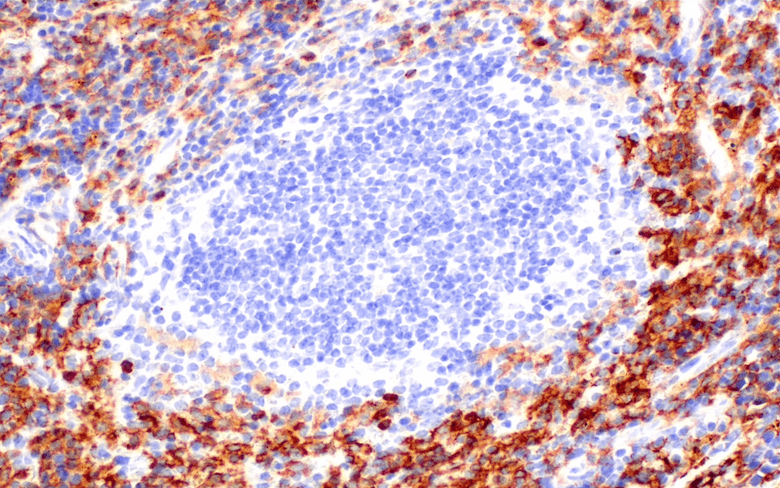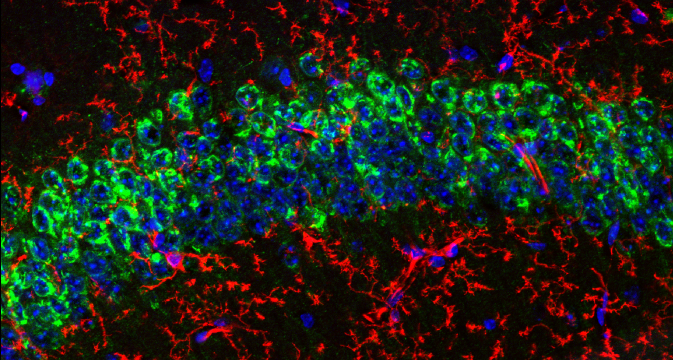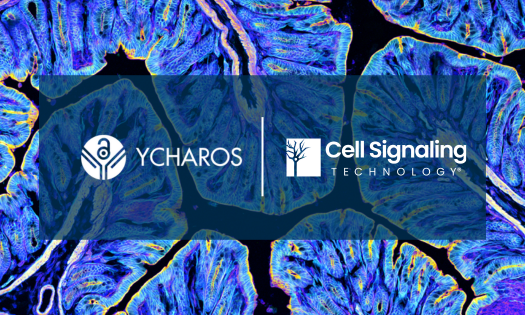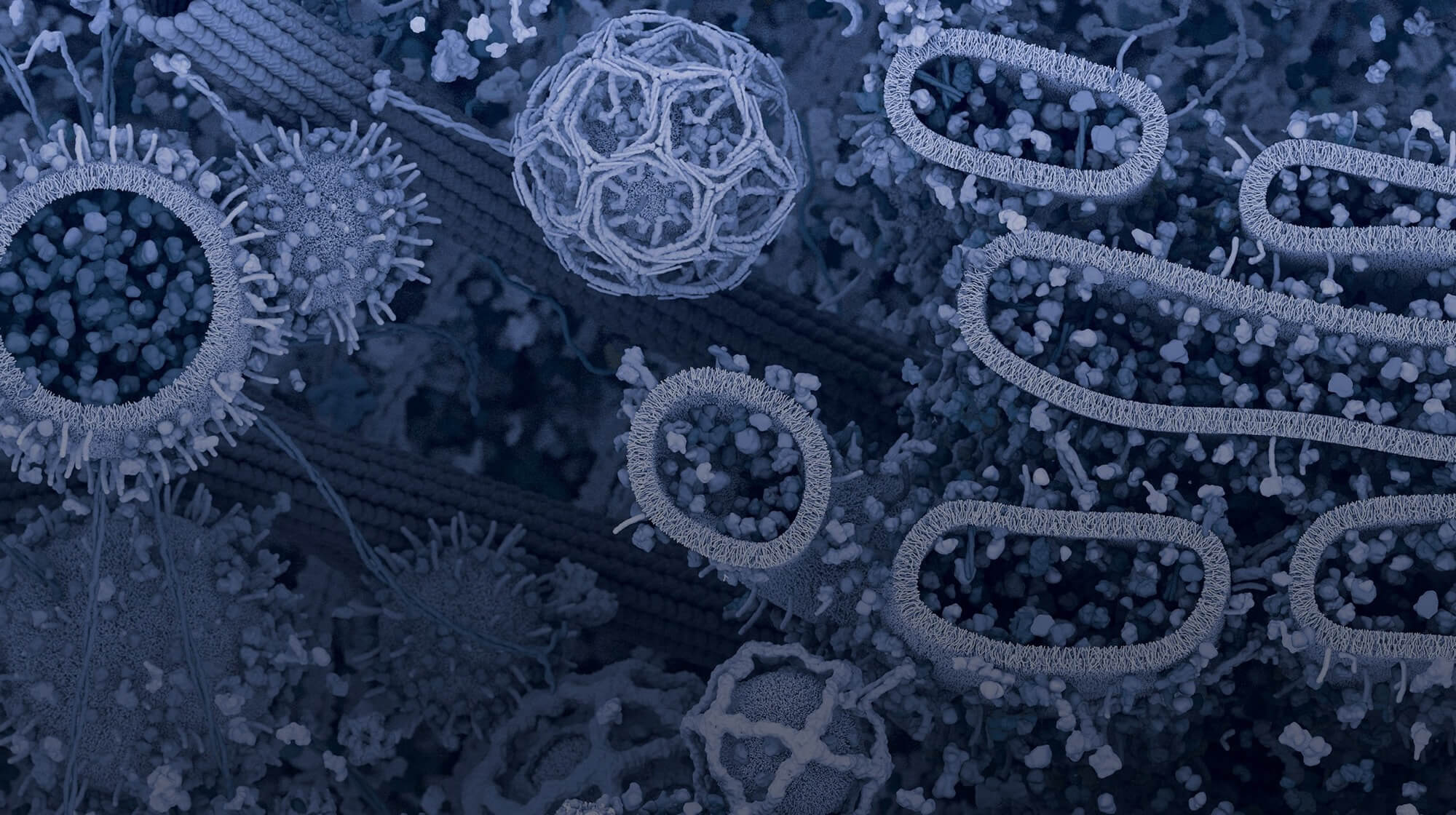I’d once heard a great analogy for the pursuit of knowledge: it’s akin to finding yourself in a pitch-black room. As you explore the contents of the room, finding objects and obstacles new to you, you happen upon not just a single doorknob, but many. Some are locked, others feel as though they might budge open given extreme effort, but one turns easily allowing you exit from the room. You come to realize that you were merely in one of countless rooms, halls, and corridors, all of which warrant exploration and understanding.
Today, life science research has reached the point where the building has been largely explored, and now is focused on the exhaustive investigation of single rooms. Certainly there are paths between them, as oncologists reach into the immunology realms and vice versa, each helping the other understand their own environment. But more often than not, researchers are confined to single rooms, both literally and figuratively, and challenged with understanding their own room, how it is structured, what occupies it, and most importantly how each relate and interact with each other so we might repair it when things inevitably break down. As biological researchers, we stand on the shoulders of those who’ve “turned the lights on in the room” with technological breakthroughs in imaging, chemistry, and physics. We’ve also learned to turn some of the found objects in these rooms into tools we can manipulate and utilize in discovery; enzymes (Cas9), fluorescent tags (PE, APC), linkers (Biotin)... and my favorite, antibodies.

Having some background and family members involved with electrical engineering, I can’t help but see biomolecular interactions as complex interconnected circuits; batteries supplying dimmer switches attached in series and parallel to generators and amplifiers… a real rats nest of wiring, some of which is hidden in the wall. And rather than using a multimeter to measure amperage, current, resistance, etc., we use antibodies with tags to tell us when a switch is flipped on or off at the gene expression level or later on via kinases. But as any electrician worth his salt would tell you, it’s best to confirm you’ve really tripped the correct breaker for your circuit with a voltage meter before working on a fixture.
The same goes for having confidence in your scientific conclusions. If you can show one node in a pathway is turned off or downregulated in your system, can you also upregulate and demonstrate the converse direction to be true? We must explore every manipulation possible to tease out what is necessary and/or sufficient for each circuit to operate (a concept worthy of its own discussion). As scientists, we need to consider the entire signaling cascade, demonstrating mastery of the circuit with proteases and phosphatases, inhibitors of both, knock-out models, knock in models, etc., and corroborate results by testing upstream and downstream nodes in the circuit. These are not just controls in the scientific sense, but they are conditions we employ to demonstrate we know the wiring of the pathway/circuit in question and have full command of it prior to submitting to a journal or developing therapeutics.
It’s no small task for sure. So whenever possible, using a single antibody/tool across many modalities makes the process far more convenient on the technical level. It also has the effect of instilling confidence in the tool as it’s used in each independent experiment, and ultimately the conclusions at which we arrive. Scientific knowledge builds on itself. As our arsenal of antibodies and associated tools (blocking peptides, control lysates, siRNA, inhibitors/activators) expands, so does our knowledge of the signaling circuits that CST and researchers around the world have mapped out.







